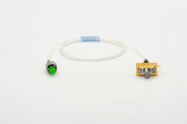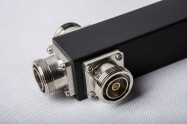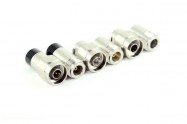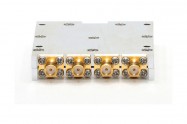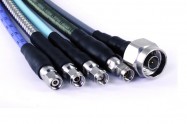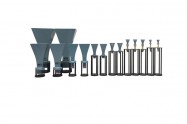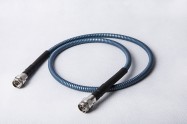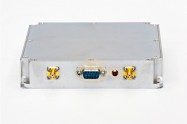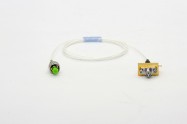Antenna View More
Cable Accembly View More
Adapter & Connector View More
Passive Device View More
Waveguide View More
Filter View More
Antenna View More
Horn antenna
One of the most widely used microwave antenna is the horn antenna
Including horn-type antennas, the latter being essentially flared-out waveguides.
Applications
The horn antenna is widely used as a feed element for large radio astronomy, satellite
Tracking and communication dishes found installed throughout the world.
Horn antennas can be used directly in applications such as a source
Antenna for radiation pattern measurements or as an accurate gain standard.
They also find use, either alone or in an array, in point-to-point radio communication links and are
Widely used as feeds in reflector antenna systems.
How we design a horn antenna
There are a number of general properties to be considered when designing aperture antennas.
Radiation pattern characteristics.
Common to all applications is
The required radiation pattern characteristics, including beamwidth and the degree of sidelobe level and front-to-back ratio that can be tolerated.
Dual-polarization operation
Another feature that is now often required is the dual-polarization operation, and this places demands on the cross-polarization radiation performance of the antenna or named as dual-polarized horn antenna.
Gain
Another important attribute of the radiation pattern is gain.
The gain of an antenna (in a given direction) is defined as “the ratio of the intensity, in a
given direction, to the radiation intensity that would be obtained if the power accepted
By the antenna was radiated isotropically.
For some horn-type antennas gain
It can be calculated accurately, and these find use to gain standards.
phase center
It is important to know the phase center of a horn antenna if it is to be used as a feed on a reflector antenna or as an element in an array.
The phase center of an antenna is defined as the on-axis position that most closely approximates the center of curvature of the radiating wavefront. It is not a unique position and depends on a number
Of factors including the pattern beamwidth and the frequency of operation.
Main beam efficiency
The primary beam efficiency is defined as the ratio of the power radiated within a specified cone angle θ from boresight to the total power radiated by the antenna.
It is an essential parameter in designing feeds
and has direct implications to the commonly used figure-of-merit parameter, G/T, where
G represents the gain of the antenna and T the antenna temperature.
Return loss / Mismatch
The other primary electromagnetic design consideration is the return loss, or mismatch, as seen from the exciting waveguide. For horn antennas, return loss or mismatch created by their flared-out waveguide geometry is always a matter of concern but not the mismatch to free space as this is usually negligible
Given that most horn apertures are somewhat in excess of a wavelength in dimension.

